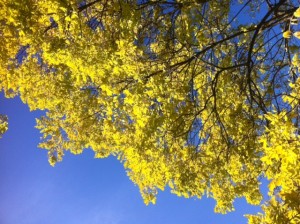The Environmental Learning and Experience (ELE) Framework (2007) Meets the History of Children and Childhood
The recently revamped provincial curriculum framework for environmental education (Environmental Learning and Experience (ELE) (2007) in BC schools includes key themes in environmental education, namely complex systems, aesthetic appreciation, responsibility, and ethics (C.A.R.E). Teachers are encouraged to integrate C.A.R.E across the curriculum (BC Ministry of Education, 2007).
But where is history in the ELE Framework? A historical perspective on questions of children’s relationship to their environment contributes in valuable ways to the C.A.R.E. concerns. Our goal is bring more history, and particularly the history of young people, to the framework.
Why? First, an historical approach illuminates how and why the natural world mattered to children in British Columbia’s past. Second, by answering the question “what might we learn from this history?”, it connects children past and present, enabling contemporary students to learn how their peers interacted with the environment in the past and how this has changed over time. This generation- to-generation knowledge transfer will address the central goal of the ELE framework: to “make the environment and sustainability a core focus for all learners in BC” (Min. Education, 2007).
The central core of this research project is a large archive of letters from children and their families written over the early to mid decades of the twentieth century that describe in detail how and why the environment mattered in their lives. The collection is from the Elementary Correspondence School (ECS) program that was sponsored by the (then) Department of Education of British Columbia.
We think this history is important!

